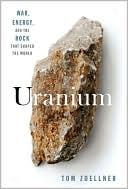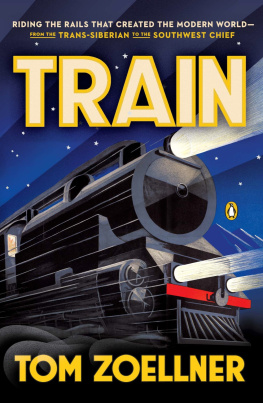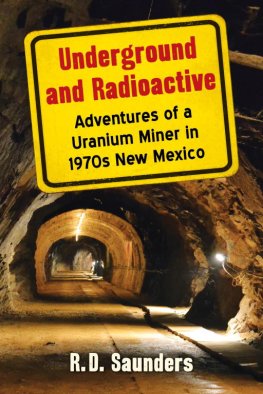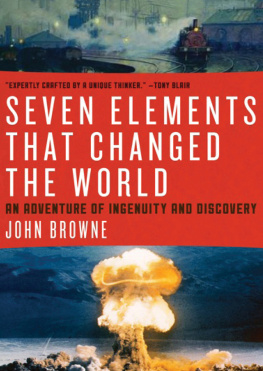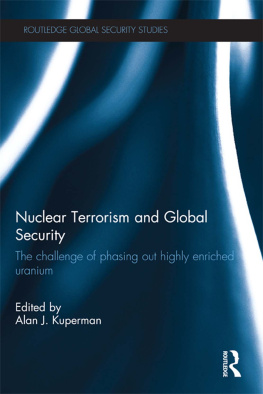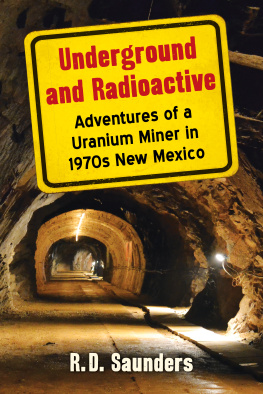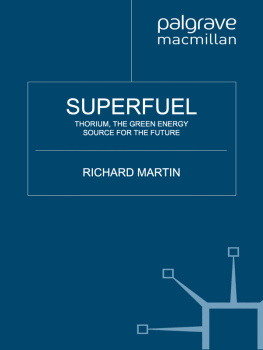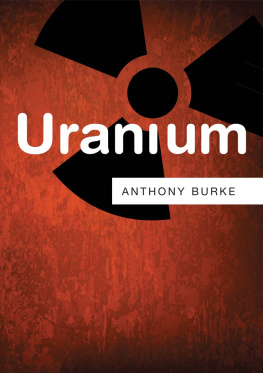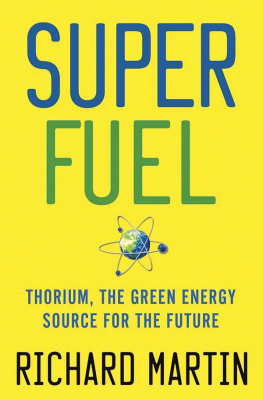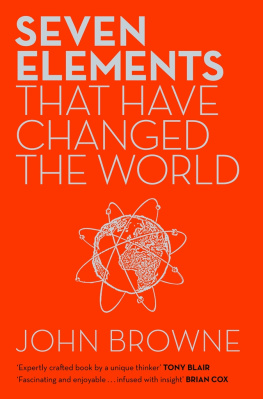Table of Contents
VIKING Published by the Penguin Group Penguin Group (USA) Inc., 375 Hudson Street, New York, New York 10014, U.S.A. Penguin Group (Canada), 90 Eglinton Avenue East, Suite 700, Toronto, Ontario, Canada M4P 2Y3 (a division of Pearson Penguin Canada Inc.) Penguin Books Ltd, 80 Strand, London WC2R 0RL, England Penguin Ireland, 25 St. Stephens Green, Dublin 2, Ireland (a division of Penguin Books Ltd) Penguin Books Australia Ltd, 250 Camberwell Road, Camberwell, Victoria 3124, Australia (a division of Pearson Australia Group Pty Ltd) Penguin Books India Pvt Ltd, 11 Community Centre, Panchsheel Park, New Delhi-110 017, India Penguin Group (NZ), 67 Apollo Drive, Rosedale, North Shore 0632, New Zealand (a division of Pearson New Zealand Ltd) Penguin Books (South Africa) (Pty) Ltd, 24 Sturdee Avenue, Rosebank, Johannesburg 2196, South Africa
Penguin Books Ltd, Registered Offices: 80 Strand, London WC2R 0RL, England
First published in 2009 by Viking Penguin, a member of Penguin Group (USA) Inc.
Copyright Tom Zoellner, 2009
All rights reserved
Portions of chapter 5 originally appeared in the article The Uranium Rush, by Tom Zoellner, in the Summer 2000 issue of The American Heritage of Invention and Technology.
Library of Congress Cataloging-in-Publication Data
Zoellner, Tom.
Uranium : war, energy, and the rock that shaped the world / Tom Zoellner. p. cm.
Includes bibliographical references and index.
eISBN : 978-1-101-02415-7
1. Uranium. 2. UraniumHistory. I. Title.
QD181.U7Z.431dc22 2008029023
Without limiting the rights under copyright reserved above, no part of this publication may be reproduced, stored in or introduced into a retrieval system, or transmitted, in any form or by any means (electronic, mechanical, photocopying, recording, or otherwise), without the prior written permission of both the copyright owner and the above publisher of this book.
The scanning, uploading, and distribution of this book via the Internet or via any other means without the permission of the publisher is illegal and punishable by law. Please purchase only authorized electronic editions and do not participate in or encourage electronic piracy of copyrightable materials. Your support of the authors rights is appreciated.
http://us.penguingroup.com
INTRODUCTION
T his all began for me at a mesa in Utah called Temple Mountain, so named because its high-pitched walls and jagged spires had reminded early Mormon settlers of a house of worship.
I had driven into the wide canyon at its base, pitched a tent among some junipers, and eaten a can of chili while sitting on a rock and watching the days last sunlight creeping upward on the salmon-colored walls to the east.
A set of caves, their mouths agape, dotted the face of the cliff. Pyramid-shaped mounds of rock and talus were piled under them, and rotten wooden boards lay half drowned in this debris.
I looked closer and saw that the caves were square, and one appeared to be propped with beams. These werent caves at all. They were mine entrances.
It now made sense. The valley floor had that ragged and hard-used look common to many other pieces of wilderness in the American West that had been rich in gold or silver in the nineteenth century. A braiding of trails was etched into the dirt, and the slabs of an abandoned stone cabin and shattered lengths of metal pipe were down there, too, now almost obscured in the dusk. The place had been devoured quickly and then spat out, with a midden of antique garbage left behind.
What kind of ore had been carted away from here? Curiosity got the better of me, and I wandered over to a spot down the trail where three other people had also set up camp. They were recent college graduates from Salt Lake City on a spring camping trip. After offering me a beer from their cooler, they told me the holes on the cliff were of much more recent origin than I had thought. Uranium mines had been drilled in southern Utah after World War II, and the mineral had gone into nuclear weapons. This was common knowledge around southern Utah.
Uranium. The name seemed magical, and vaguely unsettling. I remembered the boxy periodic table of the elements, where uranium was signified by the letter U. It was fairly high up the scale, meaning there were a lot of small particles called protons clustered in its nucleus. So it was heavy. It was also used to generate nuclear power. I remembered that much from high school science. But it had never quite registered with me that a mineral lying in the crust of the earthjust a special kind of dirt, reallywas the home of one of the most violent forces under human control. A paradox there: from dust to dust . The earth came seeded with the means of its own destruction, a geologic original sin.
There was something personal here, too. I had grown up in the 1980s in Tucson, Arizona, a city ringed with Titan II missiles. One of those warheads was lodged in a concrete silo and surrounded by a square of barbed wire in the desert about twenty miles north of my high school. It was nearly five hundred times as powerful as the bomb that leveled Hiroshima. Our city was supposed to have been number seven on the Soviet target list, behind Washington, D.C.; the Strategic Air Command headquarters in Omaha, Nebraska; and several other missile fields in the Great Plains. I lived through my adolescence with the understanding that an irreconcilable crisis with Moscow would mean my family and I would be vaporized in white light, and there might be less than ten minutes warning to say good-bye (the brief window of foreknowledge seemed more terrible than the vaporizing). Like most every other American of that day, I subsumed this possibility and went about my business. There could be no other choice; to dwell on the idea for very long was like looking at the sun.
And now, here I was in a spot that had given up the mineral that had haunted the world for more than half a century. The mouths in the canyon walls at Temple Mountain looked as prosaic as they would have at any other mining operation. They also happened to be in the midst of some of the most gorgeous American landscape I know: the dry and crenulated Colorado Plateau, which spreads across portions of four states in a pinkish-red maze of canyons, sagebrush plains, and crumbling pinnacles that, in places, looks like a Martian vista. This, too, was an intriguing paradox: radioactive treasure in a phantasm landscape. The desert had birthed an awful power.
After my trip, I plunged into the library and wrote an article for a history magazine about the uranium rush of the 1950s, when the government paid out bonuses to ordinary prospectors to comb the deserts for the basic fuel of the nuclear arms race. But my fascination with uranium did not end, even years after that night I slept under the cliff ruins. In the present decade, as the United States has gone to war in Iraq on the premise of keeping uranium out of the wrong handsand as tensions mount in Iran over that nations plan to enrich the fatal oreI realized that I still knew almost nothing about this one entry in the periodic table that had so drastically reordered the global hierarchy after World War II and continued to amplify some of the darker pulls of humanity: greed, vanity, xenophobia, arrogance, and a certain suicidal glee.
I had to relearn some basic matters of science, long forgotten since college. I knew that the nuclear trick comes from the splitting of an atom and the consequent release of energy. But why not copper or oxygen or coffee grounds or orange peels or anything else? Why does this feat require a rare version of uranium, known as U-235, that must be distilled, or enriched, from raw uranium?

